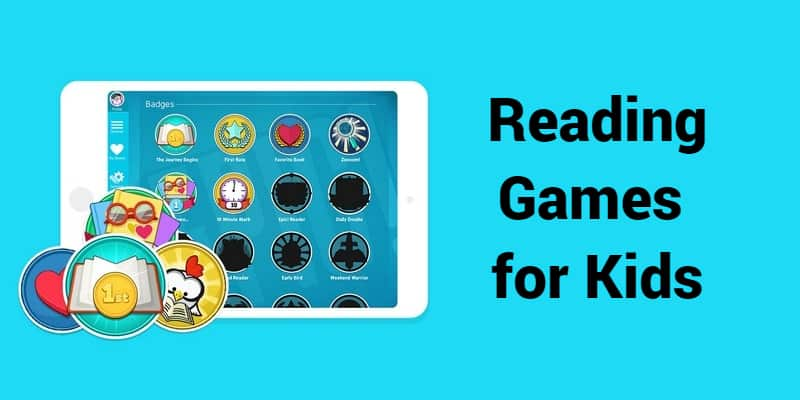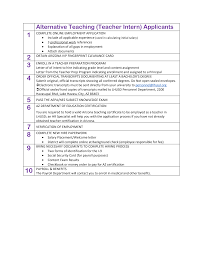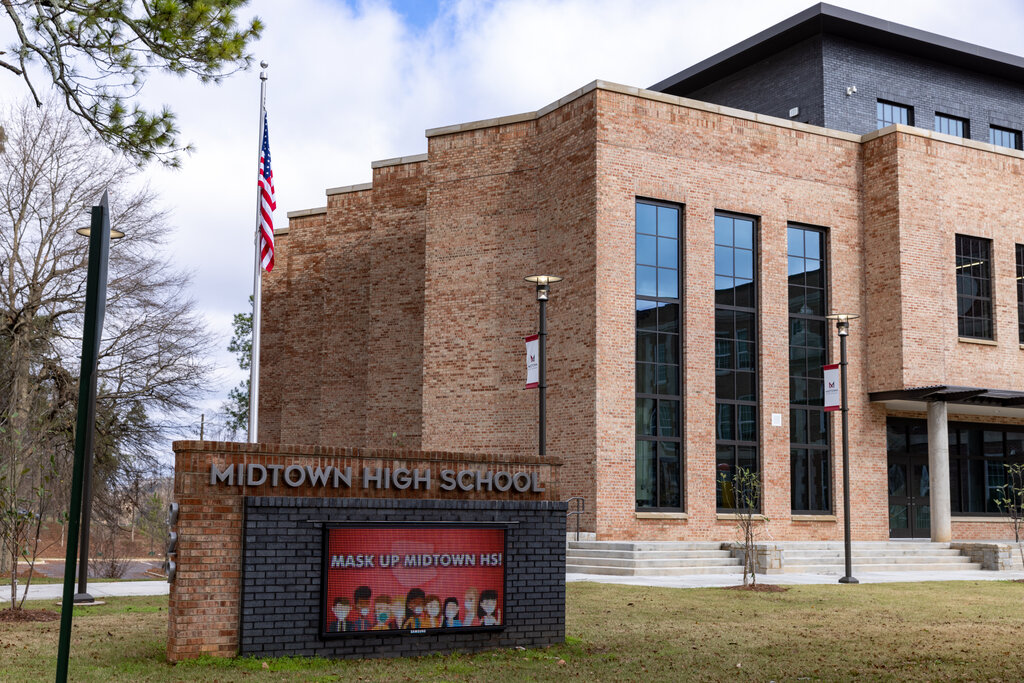
Brooklyn Tech is also known as Brooklyn Technical High School. It is a high school in Brooklyn that focuses on STEM subjects. This school offers many extracurricular and club activities, in addition to a broad range of educational opportunities. Students can also participate in after-school programs and sports teams. These organizations are open to students to keep them connected to their communities.
Student body
Brooklyn Tech was nearly half Latino and black students in the mid-1970s. This was a much larger number than it is today. Black students accounted for nearly a quarter of the student body in 1999, compared to ten percent for whites. In 1979, Stuyvesant's student body had a 13 percent Black population. Now it has 1.2 percent.
The Brooklyn Tech student body is composed of over one hundred after-school organizations and more than 30 varsity level sports teams. Tech is the school's common nickname. The school's mascot, an Engineer, is its mascot. Brooklyn Tech is a supportive academic community for anyone interested in technical education.
Academic network
Students are offered a broad range of electives and a wide array of extracurricular activities at Brooklyn Tech High School. The school has more than 100 after school clubs and organizations and 30 varsity-level sports teams. Engineer is the school's mascot. Students are welcome to join one of the numerous clubs or join a sport team. Brooklyn Tech also belongs to the Global Navigator School Network. Global Navigator Scholarships allow students to study abroad.

The school ranks as the 2nd most popular high school in New York. Brooklyn Tech can be applied to by passing the SHSAT (Specialized High School Admissions Testing). The SHSAT test takes three hours and is open to any eighth-grade student in New York City.
After school activities
Brooklyn Technical High School, also known as Brooklyn Tech, has been administratively designated High School number 430. The school is known for its strong focus on STEM subjects, including science, technology, engineering and math. Students can take part in many after-school activities. Students can also volunteer their time to the school in various ways.
Over 100 extracurricular activities are available to students. There are more than 30 varsity teams and over 100 clubs and organizations. This gives students a variety of options. You can play ice hockey or football, and there is likely to be one for you.
Sports teams
Brooklyn Tech may be best known for its strong academic program, but it also has a strong sports program with over thirty varsity teams. The school's athletic offerings are varied and diverse, as is the student body. Students can join many different clubs and organizations. These clubs cover a variety interests. Brooklyn Tech has something to offer everyone, regardless of whether they enjoy sports watching, playing sports or simply socializing.
Brooklyn Tech, which is part of Department of Education, is a Brooklyn school for grades nine through twelve. It is located near Fort Greene Park. The school has a number of sports teams and cheerleaders who perform at games to promote school spirit.

Ratio student teacher
Brooklyn Tech is a school for public students that serves 6,040 students in grades 9-12. It has a student:teacher ratio of 24.7. DonorsChoose has provided funding for 92 projects at the school. Schools that have a majority of students of color are significantly underfunded compared to their counterparts in schools with predominantly white students.
Brooklyn Technical High School, Brooklyn, New York. It is part the Geographic District #13 school district and has students from grades 9-12. Brooklyn Tech is a school with an overall rating of A- according to Homefacts. It is among the top 1% of schools in the state for student-to-teacher ratio.
FAQ
What is the difference in school and college?
Schools are usually organized into classes (or grades) with a teacher who teaches a group of students. Colleges are larger institutions that offer more specialized programs and include many university-level courses. Schools usually focus on basic subjects while colleges may offer a variety of subjects including arts, science, languages, business, etc. Both levels have a curriculum that prepares students for higher education.
What's the difference between private and public schools?
Public schools are free for all students. They offer education from kindergarten to high school. Private schools charge tuition fees per student. They provide education for students from pre-school through college.
Charter schools can also be found, which are privately owned but are not publicly funded. Charter schools are not bound by traditional curricula. Charter schools allow their students to explore what interests them.
Parents who believe that their children should be able to access quality education no matter what their financial situation are fond of charter schools.
How do you get scholarships?
Scholarships are grants to help with college expenses. There are many types and types of scholarships. There are many types of scholarships available.
-
Federal Grants
-
State Grants
-
Student Loans
-
Work Study Programs
-
Financial Aid
Federal grants come directly to the U.S. Federal grants are subject to certain conditions. Financial need is one example.
Individual states offer state grants. Some states offer state grants based only on financial need. Other states award money for specific reasons.
Banks and other lending institutions issue student loans. Students borrow money to pay tuition and other living expenses.
Work-study programs are designed to encourage employers to hire qualified students. Employers must pay their employees at least the minimum wage.
Financial aid allows low-income families to afford college by paying for all or part of their tuition costs.
Statistics
- Among STEM majors, that number is 83.5 percent. (bostonreview.net)
- Globally, in 2008, around 89% of children aged six to twelve were enrolled in primary education, and this proportion was rising. (en.wikipedia.org)
- They are also 25% more likely to graduate from high school and have higher math and reading scores, with fewer behavioral problems,” according to research at the University of Tennessee. (habitatbroward.org)
- And, within ten years of graduation, 44.1 percent of 1993 humanities graduates had written to public officials, compared to 30.1 percent of STEM majors. (bostonreview.net)
- “Children of homeowners are 116% more likely to graduate from college than children of renters of the same age, race, and income. (habitatbroward.org)
External Links
How To
How do I apply for scholarships?
Before you apply for scholarship funding, ensure that you are eligible. The criteria that you must meet to qualify for a scholarship are listed below.
You can, for example, be granted a grant if the applicant is economically disabled. If you are enrolled in vocational training courses, you may be eligible for a work-study grant. A grant is also available if your group includes a minority.
Once you've determined your eligibility for a specific type of scholarship, it is time to start applying.
Online, in person or over the telephone, it is possible to apply. The process of applying varies according to the scholarship.
Some scholarships require that you submit essays about yourself and why the money is important to you. Some scholarships require you to write essays about yourself and why you want the money.
Most scholarships require applicants to complete an application form and to send supporting documents.
The information you supply will be reviewed by your scholarship provider. If you are chosen, you will receive an email or postal notification.
You might be eligible for another scholarship even though you are not chosen. Contact your scholarship provider for details.